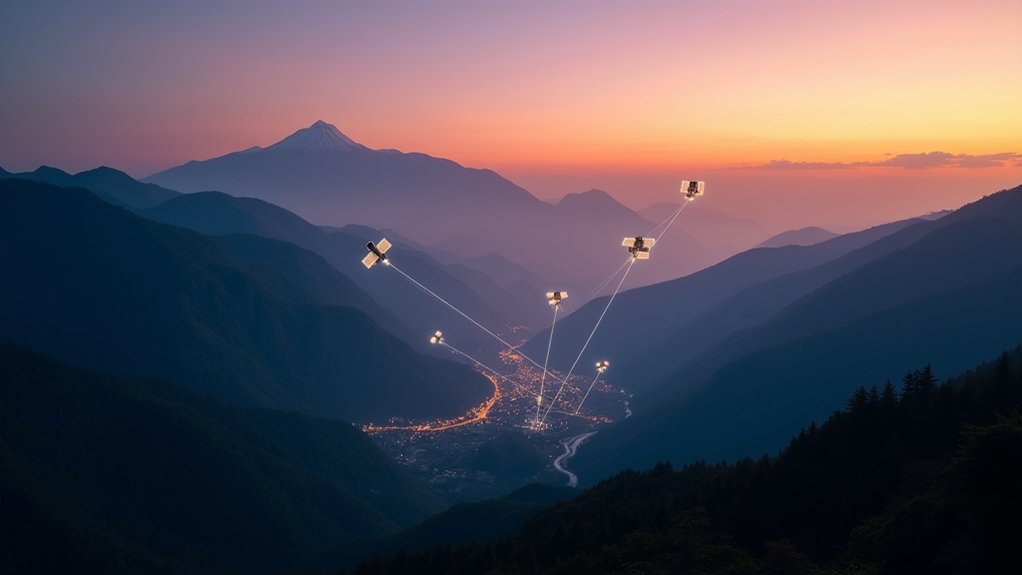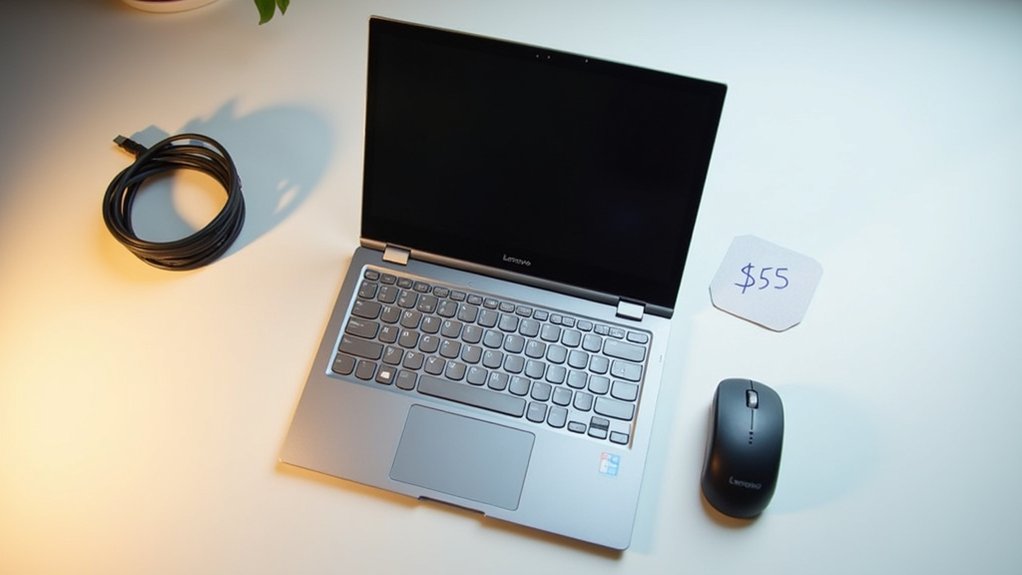KDDI is revolutionizing internet access across Japan through a groundbreaking partnership with SpaceX. Starting April 2025, the company will launch “au Starlink Direct,” Japan’s first direct-to-cell satellite service. It’s a big deal. This service will let au smartphone users send text messages via Starlink satellites in places where regular cell coverage doesn’t exist. Mountains, remote islands, middle of nowhere? No problem.
Japan’s geography is tricky. While 99.9% of the population has mobile coverage, only about 60% of the actual land does. Those pesky mountains and scattered islands make traditional coverage difficult. KDDI‘s solution? Satellites. Lots of them.
Japan’s mountainous terrain leaves 40% of land uncovered. KDDI’s answer to this connectivity puzzle? Look to the stars.
The initial SMS service will be free and work with 50 smartphone models. Voice and data capabilities are coming later in 2025. No more excuses for not texting mom back when hiking.
This isn’t KDDI’s first rodeo with Starlink. Since December 2022, they’ve been using Starlink satellites for backhaul to remote mobile towers, like on Hatsushima island. They’re planning to expand this to 1,200 remote towers. Ambitious? You bet. The partnership successfully conducted a trial in Kumejima, Okinawa in October 2024, proving SMS capabilities via satellite connections.
The new service will ultimately connect all 47 prefectures of Japan, ensuring truly nationwide coverage despite the country’s challenging terrain.
Meanwhile, KDDI isn’t slacking on its terrestrial network. They’ve deployed around 40,000 sub-6GHz 5G base stations and launched 5G Stand-Alone services in April 2023. They’re also developing fancy wireless relay tech with Kyocera for millimeter-wave bands. Tests in Tokyo tripled coverage. Not too shabby.
Strategic partnerships are central to KDDI’s plans. Beyond the exclusive SpaceX deal, they’ve joined forces with SoftBank in a venture called “5G JAPAN” to share network build-out costs. They’re aiming for 100,000 base stations each by 2030.
Undersea cables aren’t forgotten either. KDDI partners with Google on the Pacific Connect initiative and even owns cable-laying vessels with cool names like “KDDI Cable Infinity.” Because if you’re going to lay cables across the ocean floor, might as well do it with style.




